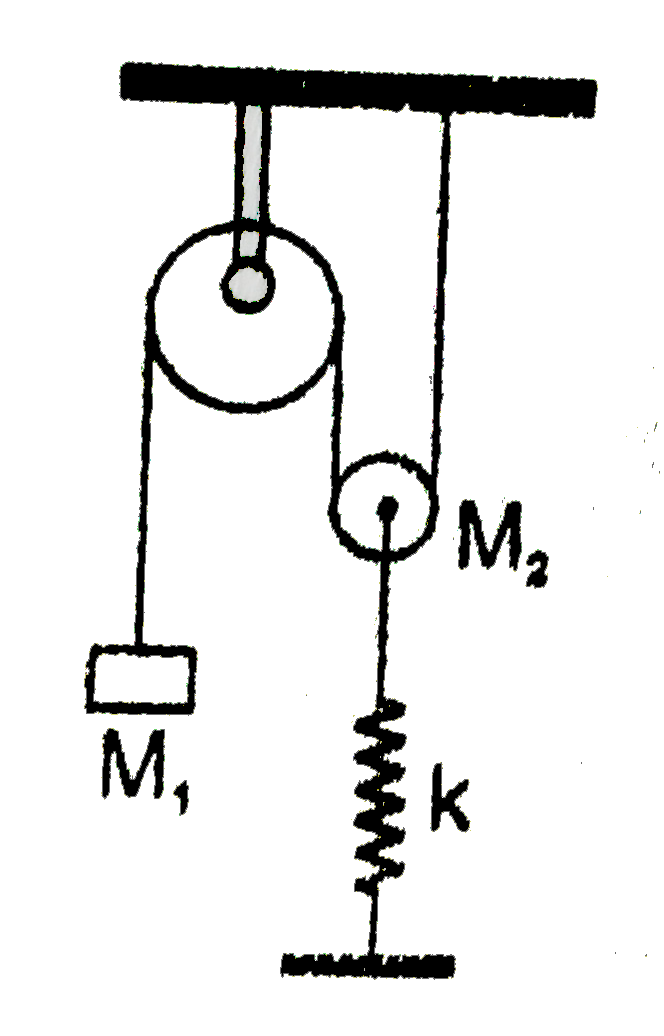The degree of polarity of a convalent compound is measured by the dipole moment (μbond) of the bond defined as:
μbond=Charge on one of the poles × bond length
μbond is a vector quantity. The dipole moment of a molecule is the vector addition of all the bond dipole moments present in it. For a triatomic molecule, containing two bond's like H2O,μmolecule is dipole mements present in it. For a triatomic molecule, containing two bond's like H2O,μmolecule is given by
μ2molcular=μ2bond+μ2bond+2μbond.μbondcosθ
θ= bond angle
The % ionic character of a bond is calculated using the equations
% ionic character =μobsμionic×100
μionic= dipole moment when the molecule is assumed to be completely ionic.
Which of the following compound has non zero dipole moment -
PCl3
PCl2F3
PCl3F2
PClF4
The correct Answer is:A, B, D
CIF3 is non symmetrical.
Topper's Solved these Questions
- TEST PAPERSBOOK - RESONANCECHAPTER - TEST PAPERSEXERCISE - Physics
775 Videos
- TEST PAPERSBOOK - RESONANCECHAPTER - TEST PAPERSEXERCISE - PT-01
30 Videos
- TEST PAPERSBOOK - RESONANCECHAPTER - TEST PAPERSEXERCISE - PART - II PHYSICS SEC - 2
20 Videos
- SIMPLE HARMONIC MOTION BOOK - RESONANCECHAPTER - SIMPLE HARMONIC MOTION EXERCISE - Advanced Level Problems
13 Videos
- TEST SERIESBOOK - RESONANCECHAPTER - TEST SERIESEXERCISE - PHYSICS
127 Videos
Similar Questions
Two particles are intially at a separation of d to each other. They move with constant velocirties with 5m/s and 3m/s respectively in horizontal plane. Their velocities makes an angle 60∘ with each other. If after 2 seconds, they collide. Then value of d is:
View SolutionWhich of the following statement is not correct regarding cathode rays :
View SolutionThe x−component of a certain vertor is 2 units and y−component is +2√3 units. What is the magnitude of vector.
View SolutionWhat would be the period of the free oscillations of the system shown here if mass M1 is pulled down a little force constant of the spring is k, mass of fixed pulley is negligible and movable pulley is smooth

View SolutionA time varying voltage is applied across A & B such that voltage across capacitor is given by VC=2sin2t. What is maximum potential difference across the reistance?

View SolutionPOLARITY OF BONDS- DIPOLE MOMENT
View SolutionThe degree of polarity of a convalent compound is measured by the dipole moment (μbond) of the bond defined as:
μbond=Charge on one of the poles x bond length
μbond is a vector quantity. The dipole moment of a molecule is the vector addition of all the bond dipole moments present in it. For a triatomic molecule, containing two bond's like H2O,μmolecule is dipole mements present in it. For a triatomic molecule, containing two bond's like H2O,μmolecule is given by
μ2molcular=μ2bond+μ2bond+2μbond.μbondcosθ
θ= bond angle
The % ionic character of a bond is calculated using the equations
% ionic character =μobsμionic×100
μionic= dipole moment when the molecule is assumed to be completely ionic.
Which of the follwing is //are nonpolar (μ=0)?
View SolutionAll molecules with polar bonds have dipole moment.
View Solutionध्रुवीय आबंधो युक्त सभी अणुओं के द्विध्रुव आघूर्ण का एक निश्चित मान होता है ।
View SolutionAssertion : All diatomic molecules with polar bond have dipole moment.
Reason : Dipole moment is a vector quantity.
View SolutionPolar covalent molecules exhibit dipole moment. Dipole moment is equal to the product of charge separation , q and the bond length d for the bond. Unit of dipole moment is debye. One debye is equal to 10−18 esu cm.
Dipole moments is a vector quantity. It has both magnitude and direction. Hence, dipole moment of a molecule depends upon the relative orientation of the bond dipoles, but not on the polarity of bonds alone. A symmetrical structure shows zero dipole moment. Thus, dipole moment helps to predict the geometry of a molecules. Dipole moment values can be distinguish between cis- and trans- isomers, ortho, meta and pare-forms of a substance, etc.
Q. Which is a polar molecule?
View SolutionIn which of the following molecules μexp (observed dipole moment) is found to be greater than μμ (expected dipole moment)?
View Solutionध्रुवीय बन्ध (polar bond) वाले सभी अणु द्विध्रुव आघूर्ण (dipole moment) रखते है।
View Solutionकिसी बहुपरमानुक अणु में ध्रुवीय बन्ध की उपस्थिति प्रदर्शित करती है की अणु में द्विध्रुव आघूर्ण का मान शून्य नहीं है।
View SolutionAssertion : All diatomic molecules with polar bond have dipole moment.
Reason : Dipole moment is a vector quantity.
View Solution
